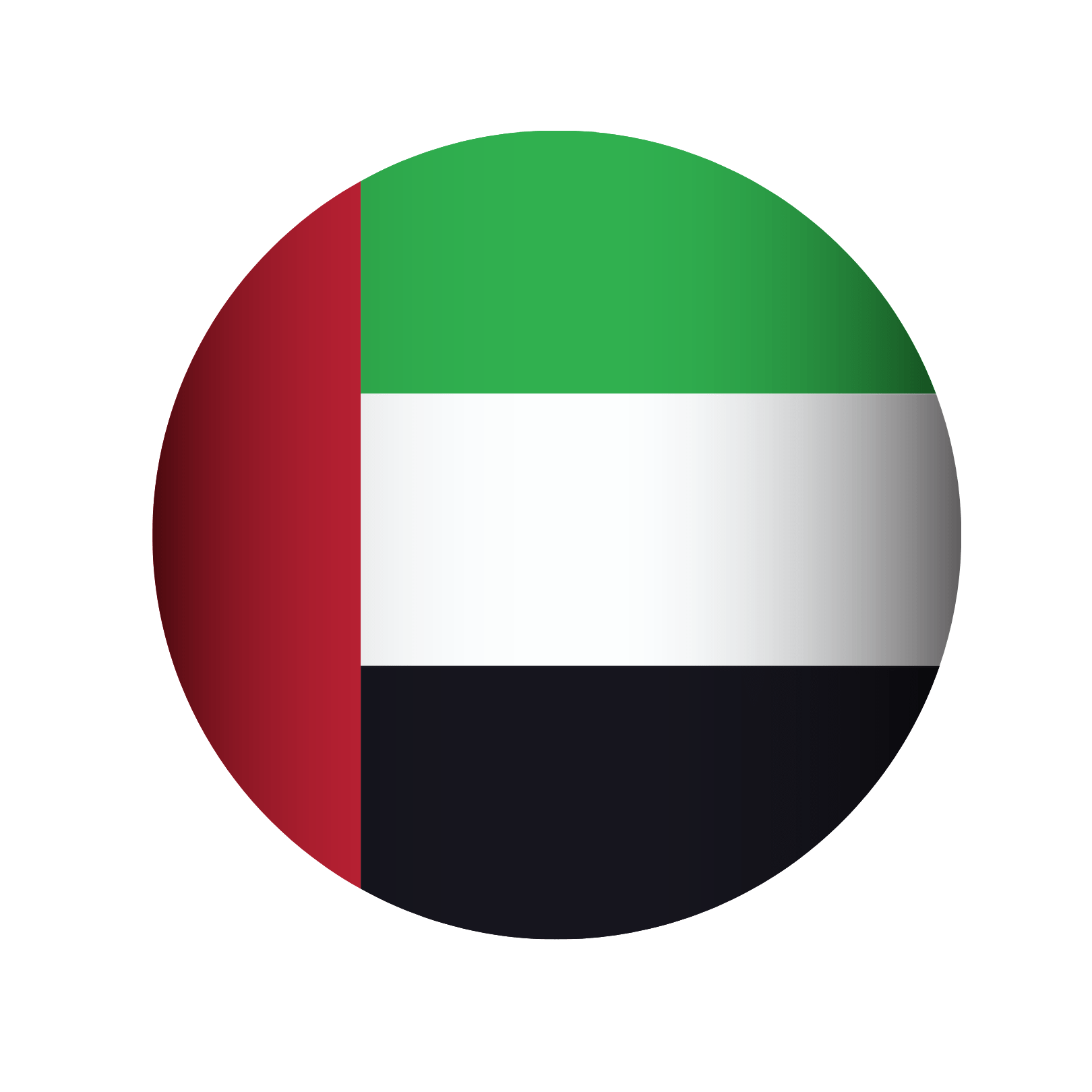Study MBBS Abroad
About MBBS in Abroad
Studying MBBS abroad is a dream for many Indian students. From childhood, parents, teachers, and influential people in Indian society often recommend pursuing either engineering or medicine. If there are two children in a household, chances are one will become an engineer, and the other will become a doctor. Studying abroad is one of the most beneficial experiences for the new-age children and their parents. By studying in a foreign country, students get the opportunity to immerse themselves in the culture and practices of the land. At Aspirom Overseas Education, we are the leading study abroad consultants in Kerala, India.
One of the major reasons why Indian Diaspora likes to learn MBBS from foreign Universities is because of the less fee structure. There are around 10000 Indian students who get MBBS admissions every year in leading universities across 12 different countries. Pursing a Doctoring career in the universities which are being approved by MCI is ultimately safe in nature.
MCI Regulation advise for Indian Students before choosing Universities for Study MBBS Abroad

Admission process for study MBBS Abroad 2025 (Updated)
- Class 10 and 12 mark sheets
- School Leaving & School
- Migration Certificate
- NEET Score Card
- Personal Financial Statements
- Statement of Purpose (SOP)
- Resume
- Letter of Recommendation (LOR)
- Language Proficiency Certificate
- Passport Size Photographs
- Medical Certificate
Study MBBS Abroad Destinations

MBBS in Azerbaijan
Show Details
MBBS in Canada
Show Details
MBBS in Australia
Show Details
MBBS in Russia
Show Details
MBBS in Georgia
Show Details
MBBS in Uzbekistan
Show Details
MBBS in Kazakhstan
Show Details
MBBS in Kyrgystan
Show Details
MBBS in Europe
Show DetailsFAQ
Most frequent questions and answers
MBBS refers to Bachelor of Medicine and Surgery. It is an undergraduate degree program for students who aspire to become doctors. This program generally takes five to six years to complete, depending on the country and university.
The three most important pieces of information about MBBS are:
1. MBBS is a rigorous academic program that combines theory and practical training to prepare students for the medical profession.
2. MBBS graduates are qualified to work as doctors after completing the program and meeting other licensing requirements.
3. MBBS is a globally recognized degree that opens up opportunities for students to work in different countries.
Studying abroad for an MBBS can be a life-changing experience. It not only offers an opportunity to receive world-class education but also provides exposure to a different culture and lifestyle.
The three most important benefits of studying abroad for an MBBS are:
1. Exposure to different healthcare systems and practices can help broaden a student’s knowledge and understanding of medicine.
2. The opportunity to study alongside students from different countries and backgrounds can provide a unique learning experience.
3. Studying abroad can also enhance a student’s personal growth and development by promoting independence and self-reliance.
Studying abroad for an MBBS can be a daunting task, and it comes with its own set of challenges. It is essential to be aware of these challenges before making a decision.
The three most significant challenges of studying abroad for an MBBS are:
- Adapting to a new culture and environment can be difficult, especially for students who have never lived away from home before.
- Language barriers can be a significant obstacle for students who are not fluent in the language of instruction.
- Studying abroad can also be expensive, and students may need to rely on scholarships or loans to finance their education.
Many countries offer MBBS programs to international students. Some of the most popular destinations for studying MBBS abroad are:
- China – Chinese universities offer affordable MBBS programs in English and Chinese language.
- Russia – Russia offers high-quality MBBS programs at an affordable cost of living.
- The United States of America – The USA has some of the world’s best medical schools, but they come at a higher cost.
- Azerbaijan – High-quality MBBS programs for students at low cost.
The three most important information about popular countries for studying MBBS abroad are:
- The cost of education and living varies greatly between countries and can impact the overall experience of studying abroad.
- The language of instruction can also play a significant role in a student’s decision to study abroad.
- Each country has different requirements for international students, and it is essential to research and understand these requirements before applying.
The admission requirements for studying MBBS abroad can vary depending on the country and university. However, some common requirements are:
- A high school diploma or equivalent.
- Proof of proficiency in the language of instruction, usually English or the official language of the country.
- Standardized test scores such as the SAT, ACT, or MCAT.
The three most important information about admission requirements for studying MBBS abroad are:
- Students should research and understand the admission requirements of the universities they plan to apply to.
- Some universities may require additional documents such as a personal statement, letters of recommendation, or a resume.
- It is essential to meet the eligibility criteria for scholarships or financial aid, if applicable, to fund the education.
Studying medicine is a challenging task, and when coupled with the additional challenge of studying in a foreign country, it can be a daunting experience for MBBS students. Here are some common challenges that MBBS students studying abroad face:
Language Barrier: One of the most significant challenges that international MBBS students face is the language barrier. Understanding medical terms and communicating with patients and colleagues becomes an added difficulty when the language is not your native tongue.
Culture Shock: Moving to a new country can be overwhelming, and adjusting to new customs and traditions can be a significant challenge for MBBS students.
Homesickness: Being away from home for an extended period can lead to homesickness and a sense of isolation, making it challenging to focus on studies.
The cost of living for MBBS students can vary greatly depending on the country they are studying in. Here is a brief overview of the cost of living for MBBS students in different countries:
1. United States: MBBS students in the United States can expect to pay around $15,000-$25,000 per year for tuition and fees, and an additional $15,000-$20,000 per year for room board, books suppliesand other living expenses.
2. United Kingdom: MBBS students in the United Kingdom can expect to pay around £9,000-£12,000 per year for tuition and fees, and an additional £9,000-£10,000 per year for living expenses.
3. Canada: MBBS students in Canada can expect to pay around $20,000-$30,000 per year for tuition and fees, and an additional $10,000-$15,000 per year for living expenses.
4. Australia: MBBS students in Australia can expect to pay around AUD$60,000-$80,000 per year for tuition and fees, and an additional AUD$18,000-$25,000 per year for living expenses.
5. India: MBBS students in India can expect to pay around INR 5,00,000-10,00,000 per year for tuition and fees, and an additional INR 1,00,000-2,00,000 per year for living expenses.
It is important to note that these are rough estimates and actual costs may vary based on the location, institution, and personal lifestyle choices of the student. Additionally, many countries offer scholarships and financial aid to help offset the costs of studying medicine.
MBBS students finance their education abroad in various ways, depending on their personal circumstances and the availability of resources.
1. Personal savings: Many MBBS students finance their education abroad by using their personal savings, including money they may have earned through part-time jobs or internships.
2. Scholarships and grants: MBBS students may apply for scholarships and grants offered by universities, private organizations, and governments to finance their education abroad. scholarships can cover tuition fees, accommodation, and living expenses.
3. Loans: MBBS students may take out loans to finance their education abroad. These loans may come from private lenders or government agencies and may have different terms and interest rates.
4. Work-study programs: Some universities offer work-study programs that allow MBBS students to work part-time on campus while studying. This can help students earn money to cover their expenses while also gaining work experience.
5. Family support: Many MBBS students receive financial support from their families to finance their education abroad. This may include support for tuition fees, living expenses, and travel costs.
It’s important for students to carefully consider their options and research different financing options before making a decision on how to finance their education abroad. They should also be aware of the potential risks and consequences of taking on debt or relying solely on personal savings.
The admission process for MBBS programs in different countries can vary, but here is a general overview of the process:
- United States: In the United States, students must complete a pre-medical undergraduate program, which typically takes four years, before applying to medical school. Students must then take the Medical College Admission Test (MCAT) and submit applications to medical schools through the American Medical College Application Service (AMCAS).
- United Kingdom: In the United Kingdom, students must complete their secondary education and obtain high grades in science and math subjects. They must then apply through the Universities and Colleges Admissions Service (UCAS) and attend an interview. In addition, students may be required to take an aptitude test, such as the UK Clinical Aptitude Test (UKCAT) or BioMedical Admissions Test (BMAT).
- Canada: In Canada, students must complete an undergraduate degree, usually in a science-related field, before applying to medical school. Students must then take the Medical College Admission Test (MCAT) and submit applications to medical schools through the Ontario Medical School Application Service (OMSAS).
- Australia: In Australia, students must complete their secondary education and obtain high grades in science and math subjects. They must then apply directly to medical schools or through the Universities Admissions Centre (UAC) and attend an interview. In addition, students may be required to take an aptitude test, such as the Undergraduate Medicine and Health Sciences Admission Test (UMAT).
- India: In India, students must complete their secondary education and obtain high grades in science and math subjects. They must then take an entrance exam, such as the National Eligibility cum Entrance Test (NEET), and apply to medical schools directly or through state-level counseling.
It’s important to note that admission requirements and processes can vary between institutions and even within a country, so it’s important for students to research specific requirements for the programs they are interested in.
MBBS students prepare for licensure exams in different countries through a variety of methods, including:
- Review courses: Many MBBS students take review courses specifically designed to prepare them for licensure exams. These courses typically cover the material that will be tested on the exam and provide students with practice questions and test-taking strategies.
- Self-study: Some students choose to study on their own using textbooks, online resources, and other study materials. This method requires a lot of self-discipline and time management skills, but can be effective for students who prefer to work independently.
- Practice exams: Taking practice exams is an effective way for MBBS students to assess their knowledge and identify areas where they need to improve. Many review courses and study materials include practice exams, and students can also find practice exams online.
- Study groups: Some MBBS students form study groups to prepare for licensure exams. Working with other students can help students reinforce their knowledge and learn from their peers.
- Clinical experience: In some countries, clinical experience is an important part of preparing for licensure exams. MBBS students may complete internships or clinical rotations to gain hands-on experience and apply their knowledge in a real-world setting.
It’s important for MBBS students to research the specific requirements for licensure exams in the countries where they plan to practice and to start preparing well in advance of the exam date.
The job prospects for MBBS graduates in different medical specialties can vary depending on the country and region. Here are some examples:
- United States: In the United States, some of the most in-demand medical specialties include internal medicine, family medicine, psychiatry, and emergency medicine. Other popular specialties include cardiology, gastroenterology, and neurology. The demand for medical specialists in the U.S. is expected to grow in the coming years due to an aging population and advances in medical technology.
- United Kingdom: In the United Kingdom, some of the most in-demand medical specialties include general practice, cardiology, and dermatology. Other popular specialties include pediatrics, psychiatry, and surgery. The demand for medical specialists in the U.K. is expected to remain strong due to an aging population and ongoing healthcare needs.
- Canada: In Canada, some of the most in-demand medical specialties include family medicine, psychiatry, and radiology. Other popular specialties include cardiology, emergency medicine, and neurology. The demand for medical specialists in Canada is expected to increase in the coming years due to an aging population and ongoing healthcare needs.
- Australia: In Australia, some of the most in-demand medical specialties include general practice, surgery, and cardiology. Other popular specialties include dermatology, oncology, and pediatrics. The demand for medical specialists in Australia is expected to remain strong due to an aging population and ongoing healthcare needs.






